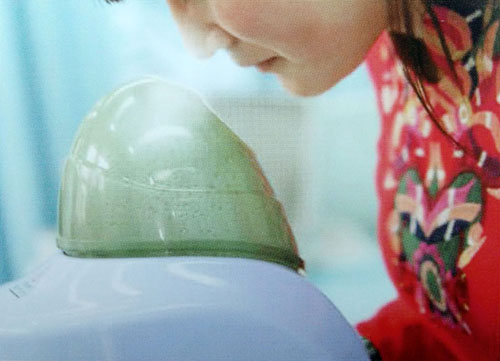Many of the best-loved essential oils have source plants, or Asian variants, in the Chinese pharmacopoeia. It must be stressed that many ideas presented here are correlations between different species of plants within the same family. They share many compounds, but percentages and actual constituents vary. While aromatherapy may be unknown by name in China, centuries of using essential oils and aromatic plants provides us with a wealth of aromatic practice and tradition.

The following list gives an idea of just how many essential-oil producing plants are used in Chinese herbalism. Bear in mind that this list represents only the plants (as well as a few relatives) that produce oils used commonly in Western aromatherapy. There are many other aromatic plants and substances employed in TCM, especially in the Artemesia and Umbelliferae plant families. The plants below are catalogued in the order in which they appear in the 24 categories of the pharmacopeia, a well-organized arrangement that aids memorization.
-- Mo Yao/ Commiphora myrrha (Myrrh)
-- Ding Xiang/ Eugenia carophyllata (Clove)
-- Xiao Hui Xiang/ Foeniculum vulgare (Fennel)
-- Hu Jiao/ Piper nigrum (Black Pepper)
-- Dang Gui/ Angelica sinensis (Angelica)
-- An Xi Xiang/ Styrax benzoin (Benzoin)
-- Bing Pian/ Dryobalanops aromatica (Borneol)
-- Zhang Nao/ Cinnamomum camphora (Camphor)
-- Gui Zhi, Rou Gui, / Cinnamonum cassia (Cassia)
-- Sheng Jiang / Zingiber officinale (Ginger)
-- Bo He / Mentha hypocalx (Mint)
-- Jin Yin Hua/ Loniceria japonica (Honeysuckle)
-- Song Jie/ Pinus tabulaeformis (Pine)
-- Zi Hua Di Ding/ Viola yedoensis ( Viola/ Violet)
-- Huo Xiang/ Pogostemon cablin (Patchouli)
-- Bai Dou Kou/ Elettaria cardamomum (Cardamon)
-- Chen Pi/ Citrus reticulata (Mandarin)
-- Tan Xiang/ Santalum album (Sandalwood)
-- Xie Bai/ Allium macrostemon (Garlic)
-- Mei Gui Hua/ Rosa rugosa (Rose)
-- Ce Bai Ye, Bai Zi Ren / Biota orientalis (Arborvitae/ Cypress)
-- Ai Ye/ Artemesia argyi (Mugwort)
-- Ru Xiang/ Boswellia carterii (Frankincense)

![Diseases, Symptoms, tcm, [tcmwindow.com]](/uploadFile/adImg/2015/11/11/f5cbfcc0-4df5-4646-9b9a-f316651a0199.jpg)





